- Inside Scuba
- Posts
- Behind the Mask: The Untold Challenges of Being a Scuba Instructor
Behind the Mask: The Untold Challenges of Being a Scuba Instructor
We all remember taking our Open Water course. As a committed diver, taking your OW course was likely a life-changing decision—and for many, that initial experience can ignite a lifelong passion for diving. But for some, their diving dreams can be crushed right at the start during that first round of training.
For me, I’m not a natural in the water. I had a few issues during my training, mainly with my ears—and that problem is still with me today, some 4,500 dives later. The challenges we face during entry-level training can be handled in many different ways, depending on the instructor. That person guiding you can shape your entire experience, creating something wonderful—or doing the opposite, leaving you an apprehensive diver for years to come.
But have you ever stopped to think about what instructors go through when training divers? About the challenges they face, and what they really think about teaching? What are the issues and obstacles instructors deal with as they guide people through their courses?
I became an instructor in 2015, and now, ten years later, I hope this article helps shed a little light on what goes on behind the scenes—on the challenges of teaching that many regular divers may never have considered.
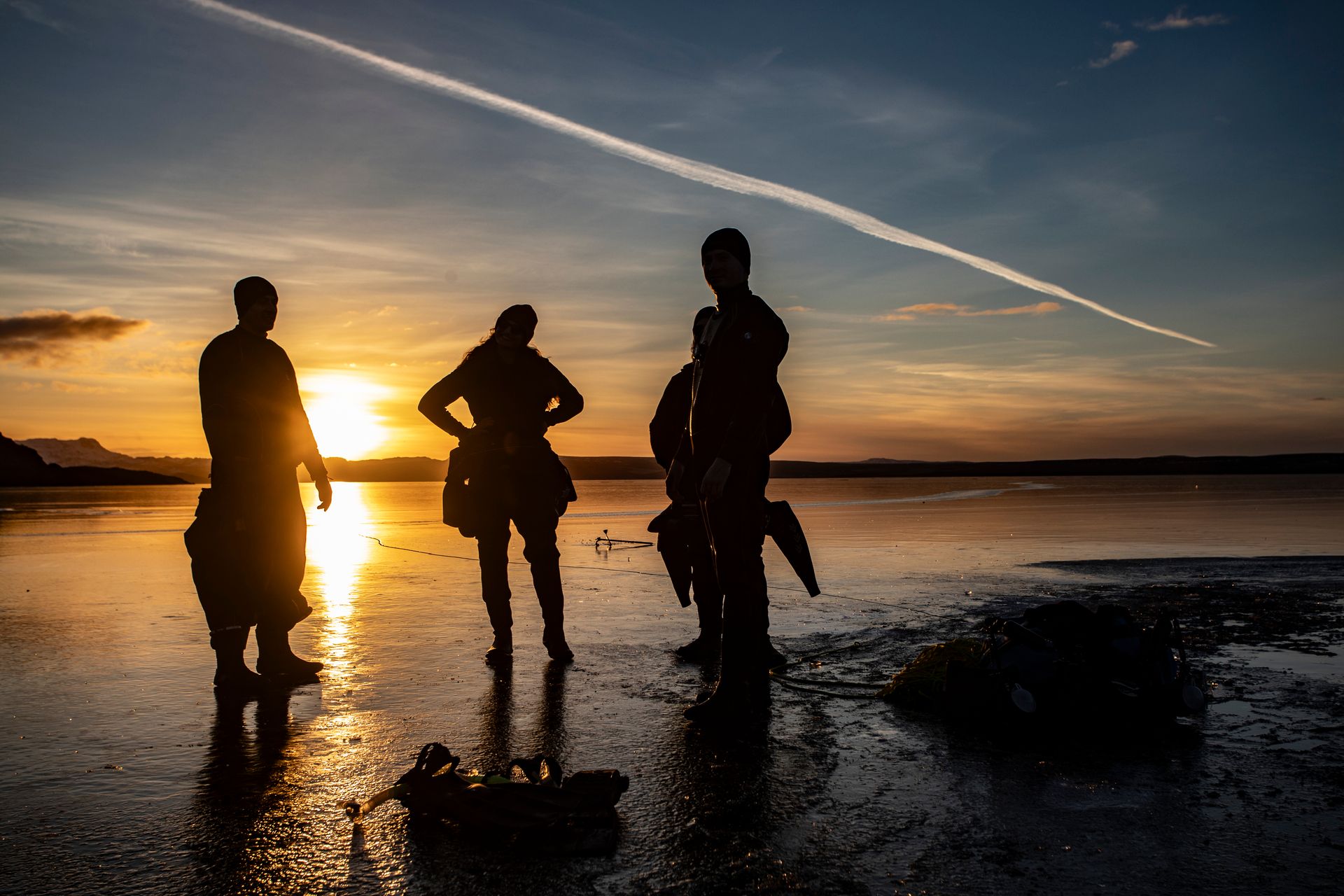
Post dive briefing during a training course
Diving Is Not For Everyone
One thing I love about diving is that it’s a non-competitive, inclusive sport. It’s an activity where everyone is welcome—regardless of background, gender, or even disability. The absence of competition creates a friendly and supportive environment, where egos tend to be left on the shelf. Once you’ve gotten past the initial urge to dive deeper and deeper, there really isn’t anything to compete about.
However, despite what the training agencies might say about diving being for everyone, the reality is—it’s not. I’m scared of heights. Very scared, in fact. For me, that means rock climbing isn’t an option. And yes, I could try to “conquer my fears” and take it up. I’ve even given it a go. But at the end of the day, it’s just not for me. I don’t relax when I’m doing it. I get anxious knowing I have to try, and afterward, I don’t feel a sense of accomplishment—I’m just relieved it’s over.
In my opinion, diving is the same—it's not going to become a lifelong passion or a relaxing, enjoyable experience for everyone. And there's no shame in realizing that. In fact, it’s quite the opposite: realizing it during a pool session is far better than putting an instructor in a very difficult situation during deeper Open Water dives with multiple students.
As an instructor, it's also important to recognize the difference between a bit of apprehension—someone just needing time to adjust to the underwater world—and the absolute fear and panic you occasionally see in new divers. It’s easy to work with someone who gradually relaxes and gains confidence. But if you keep pushing someone who’s in a constant state of panic, it creates an uncomfortable training environment—for the student, the instructor, and ultimately, the rest of the group.
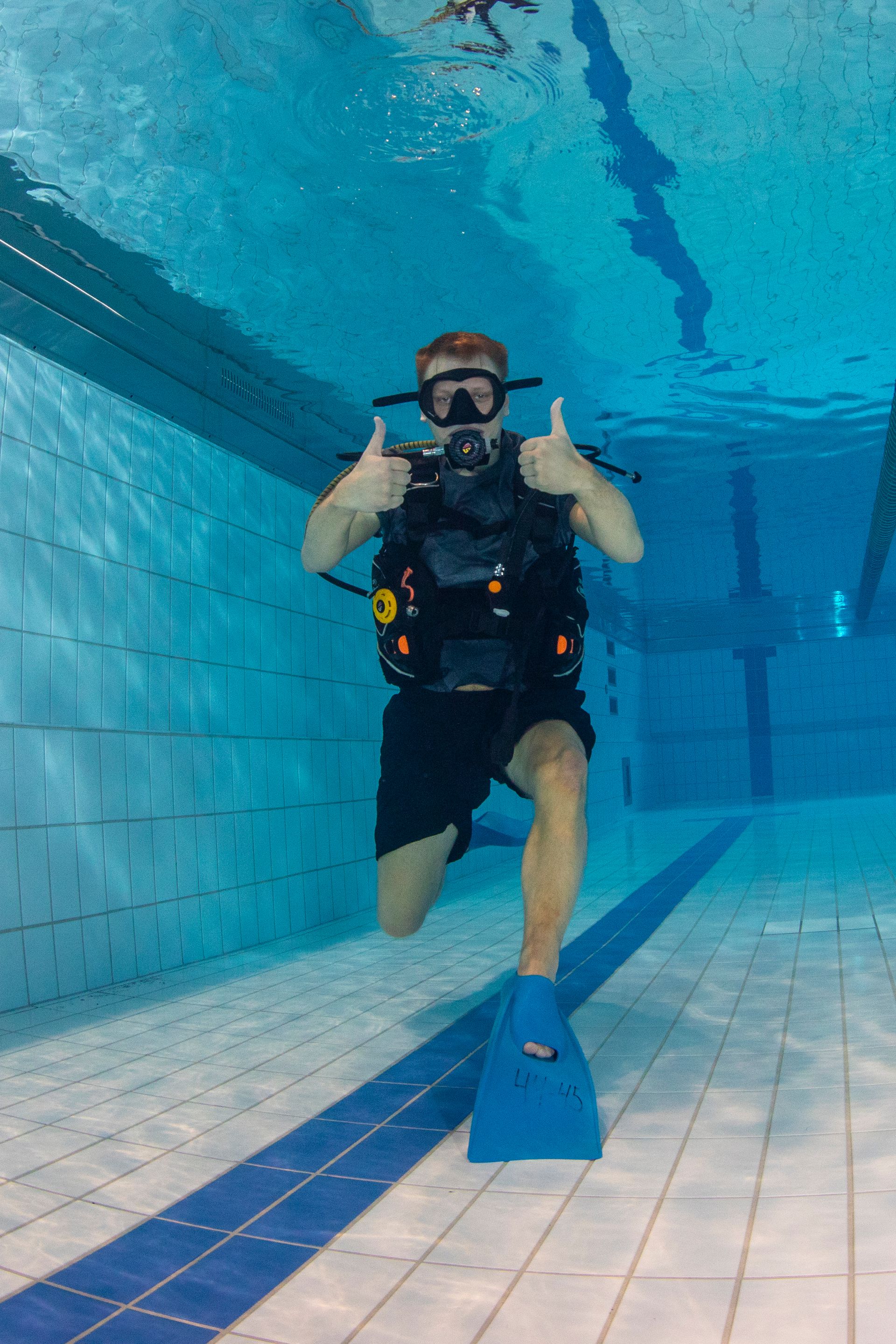
A relaxed diver in the pool will likely be more relaxed in Open water
Not All Courses Are Created Equal
As an instructor, I always categorize courses into two types: entry-level (DSD, Open Water, and Advanced), and continuing education courses. The latter are for divers who’ve completed their entry-level training, caught the diving bug, and want to expand their skills—ranging from relatively simple specialties like night diving and photography to more advanced disciplines like technical diving and rebreathers.
Personally, I prefer teaching the more advanced material. I enjoy working with students who are already passionate about diving and eager to take things to the next level. They’ve moved past the initial fears of being underwater and reached a point where they understand their limitations. They’ve observed more experienced divers and realized they want to grow, learn new techniques, and deepen their knowledge. That’s what I love about instructing—and these are the only types of courses I choose to teach today.
With entry-level courses like DSD, Open Water, and even Advanced, the instructor’s duty of care is enormous. That’s not to say it isn’t significant with more advanced training, but in those early stages, students have so little experience and are processing so many new sensations at once. You simply don’t know how they’ll react in different scenarios, or whether something will trigger panic or overwhelm them.
Some instructors are incredibly skilled at handling this. They have a natural gift, and they have my utmost respect. Teaching entry-level divers day after day is not easy, and I deeply commend those who do it. These instructors are the ones who keep the diving world thriving by introducing new people to the sport.
I also consider the Advanced Open Water course to be an entry-level class. Many students take it immediately after their Open Water course, often without enough real-world diving experience to handle the next set of challenges the course presents.
Time Pressures
Given what we’ve just discussed about duty of care, the time pressures around Open Water courses can be intense—especially when students encounter issues during that initial pool training. We’ve all heard stories about how “good” and “reputable” instructors will take extra time to help students who are struggling with skills. That’s somewhat true—but there’s always a limit, especially when the dive shop is running group courses. Once students start progressing at different rates, it becomes important to keep the group on the same schedule.
At the end of the day, a dive shop is still a business. And in my opinion, Open Water training is one of the most under-priced professional courses you can take. This morning, I Googled the price of a PADI OW course—you can still find a four-day course for just $330 USD. To me, that’s shockingly undervalued. And it creates pressure points for instructors that students often misinterpret as a lack of commitment or care, when in reality the problem is the sheer lack of time.
As an instructor, I would never work for a company that charges such low prices. The pressure to rush the training would simply be too great. But there are plenty of young instructors coming through internship programs who don’t know any different. Many of them are very inexperienced themselves, often having logged just the minimum 100 dives—typically in the same location—before taking their instructor course. These new instructors are then thrown into an environment where they’re expected to complete as many certifications as possible in the shortest time frame possible, just to keep the business financially viable.
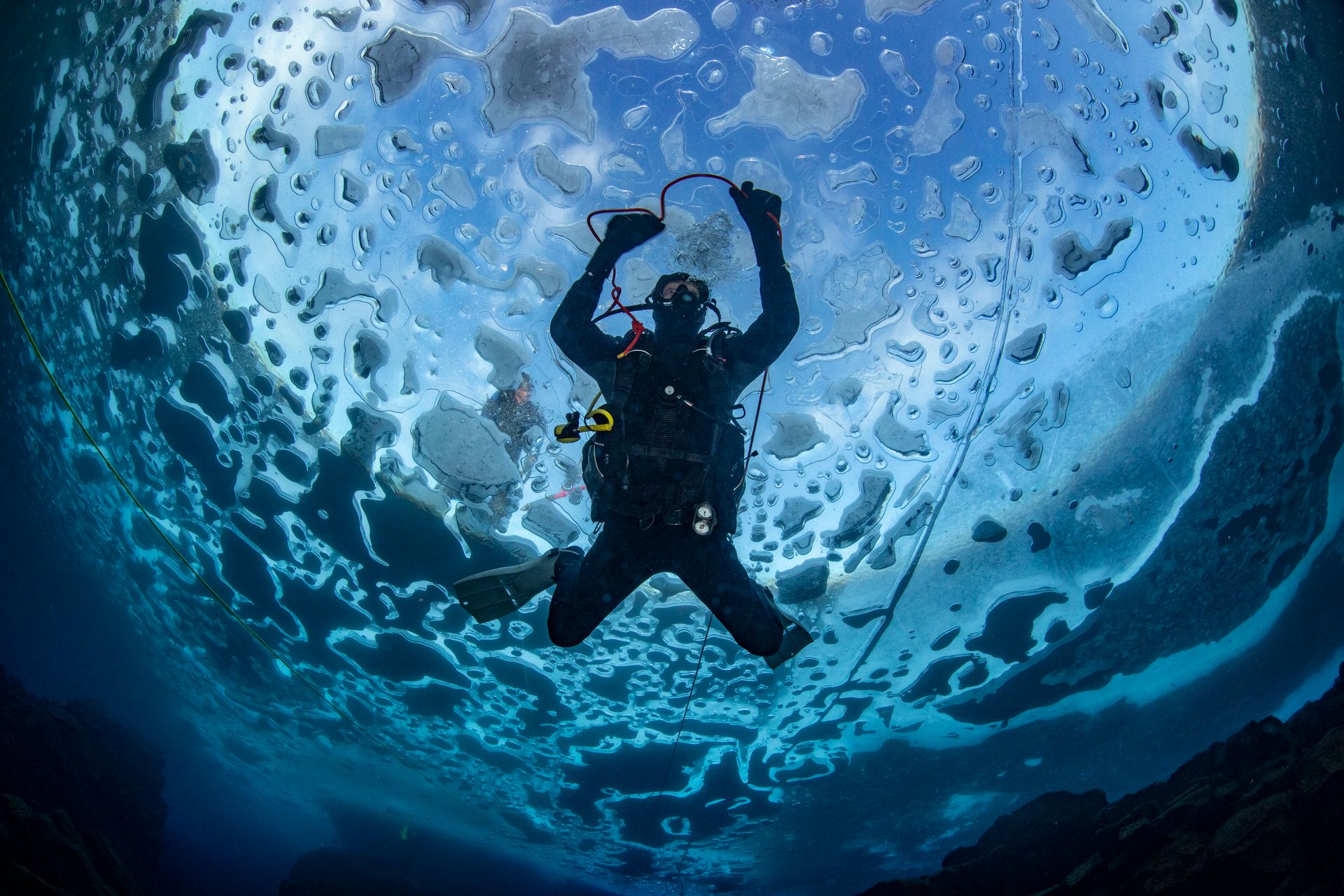
Teaching advanced courses such as Ice diving to passionate, experienced divers can be great
Everyone Is A Liar
We’ve all filled out a dive medical form—and I can assure you, almost everyone lies. When people are unsure about something, their default is often to tick the “No” box. Now, if you’re diving on your own, that’s your decision to make when it comes to pre-existing medical conditions. But when you’re under the duty of care of an instructor—who is legally responsible for your safety during training—it’s incredibly selfish and irresponsible not to declare any relevant medical conditions.
If your condition has no impact on diving, then it’s easy: you can get a doctor’s sign-off. But if your condition would prevent you from getting that medical clearance, then frankly, you shouldn’t be diving. And if you’ve lied on your form, you’ve only considered your own perspective—the fact that you’re on your dream holiday and don’t want anyone telling you “no.”
But flip that around. Think about the instructor or dive center you’re trusting with your life. These are people with a real passion for diving—so much so that they’ve made it their career. If you were to suffer a serious incident underwater because of an undisclosed medical condition, the impact on the instructor responsible for you could be devastating. Even if it wasn’t their fault, they might never forgive themselves. They might even leave the dive industry entirely—losing not just their livelihood, but their passion.
The medical form exists to protect both the student and the instructor. It’s not a random checklist of irrelevant issues. And you, as an individual, don’t know better than the experts who created it.
I’ve seen divers die in various parts of the world, and every time the root cause has been one of two things: diving beyond their training and experience, or diving with pre-existing medical conditions. I once saw a diver die on an expedition—only to later learn they were on multiple medications for undisclosed conditions. Think about the impact that has on the entire dive team involved in that trip.
Low Salaries and Pressure to Sell
Now, consider this: a dive instructor has chosen to dedicate their life to teaching others to dive, accepting the enormous responsibility of having students’ lives in their hands. And yet, the salaries involved in this kind of work are shockingly low—often even non-existent. Much of the diving industry operates in tropical locations like Asia, the Caribbean, and similar regions, where labor laws are either absent or simply not enforced.
As a result, diving—despite being a global industry—is largely unregulated. Instructors often have no labor rights and don’t earn a sustainable income. Many work for small salaries, plus food and accommodation, and do it for the lifestyle rather than the money. But this model is not sustainable. It leads to high instructor turnover and a constant drain of knowledge and experience from the industry as talented people are forced to pursue other careers.
For those instructors who do make it into better-regulated environments—like Australia, where there’s at least a minimum wage—the pressure to boost income still remains. This usually comes in the form of commission from up-selling additional dive courses and equipment. It’s one of the reasons I consider the Advanced Open Water course to still be part of the entry-level track—it’s often pushed immediately after Open Water, largely for the instructor’s commission benefit.
I’m sure many of us remember being persuaded to buy a mask and snorkel package during our course, told that the only way to get a proper fit was to have your own personal mask. But the truth is, modern soft silicone masks fit a wide variety of faces, and any well-equipped dive shop should have several options available for students. The reality is, the instructor is under pressure to sell—because that’s often the only way they can make any real income.
I know for a fact that a well-known dive center in Cairns, Australia had some long-term instructors who would hand out masks with a small pinhole in the nose pocket, causing them to leak slowly during dives. The instructor would then tell students the only way to solve the issue was to purchase a custom-fitted mask from the shop. This kind of manipulation arises from the unrealistically low course prices and the devastatingly low pay instructors receive as a result.
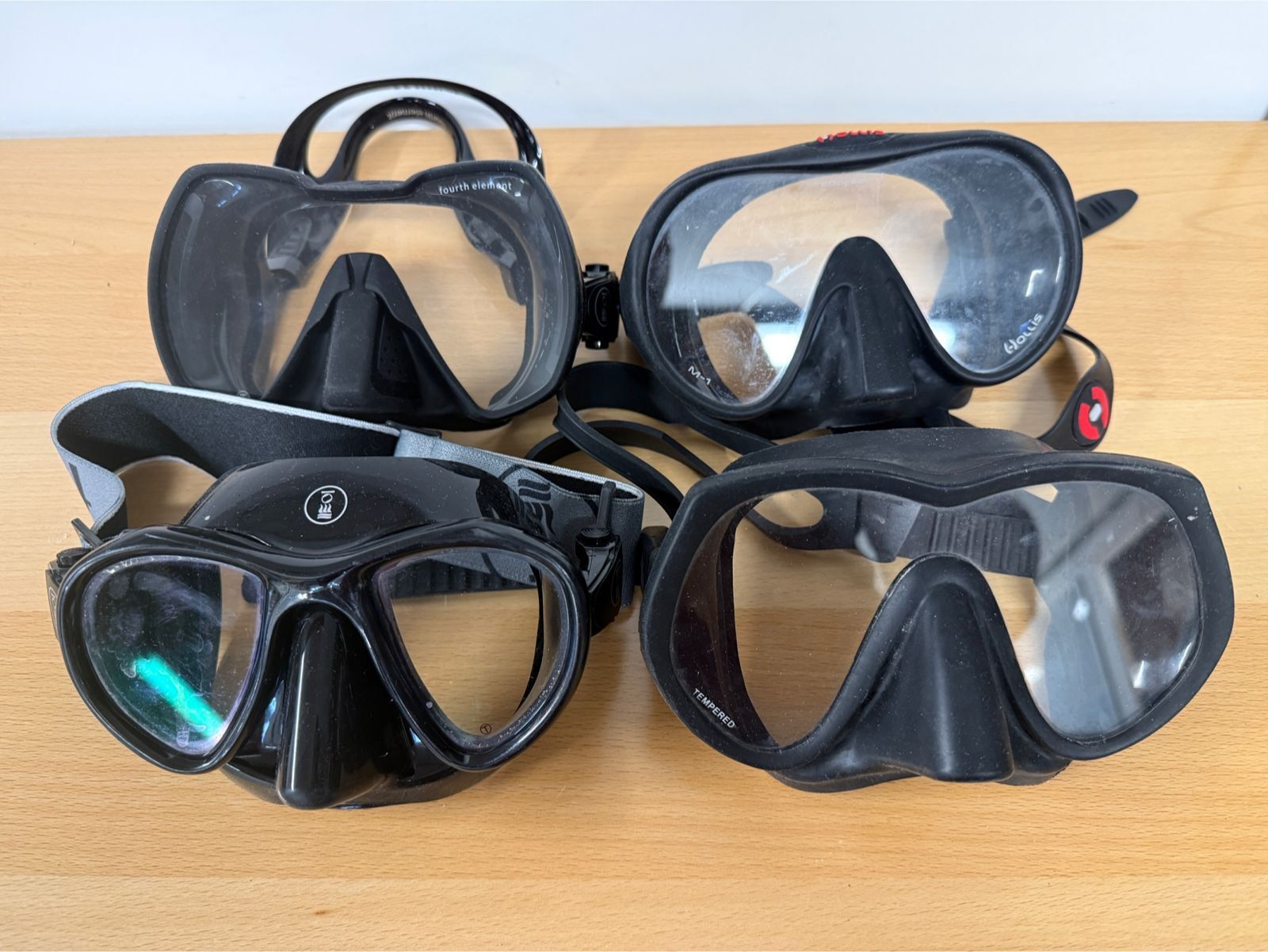
Modern masks with soft silicone are very forgiving
Instructors Want to Do a Great Job and Generate Great Divers
I don’t know a single instructor who set out wanting to teach high-speed, factory-style dive courses while earning a pittance and ending up resenting diving. They all began their journey out of a genuine love for the ocean—and a desire to share that passion by helping others discover it too.
So next time you take a dive course, consider what your instructor might be going through. Take a step back and look at the bigger picture: the constraints they’re working under, and how hard they’re trying to deliver a great course for every student despite those limitations. And most importantly—always tell the truth on your medical form. It’s there to protect both you and your instructor.
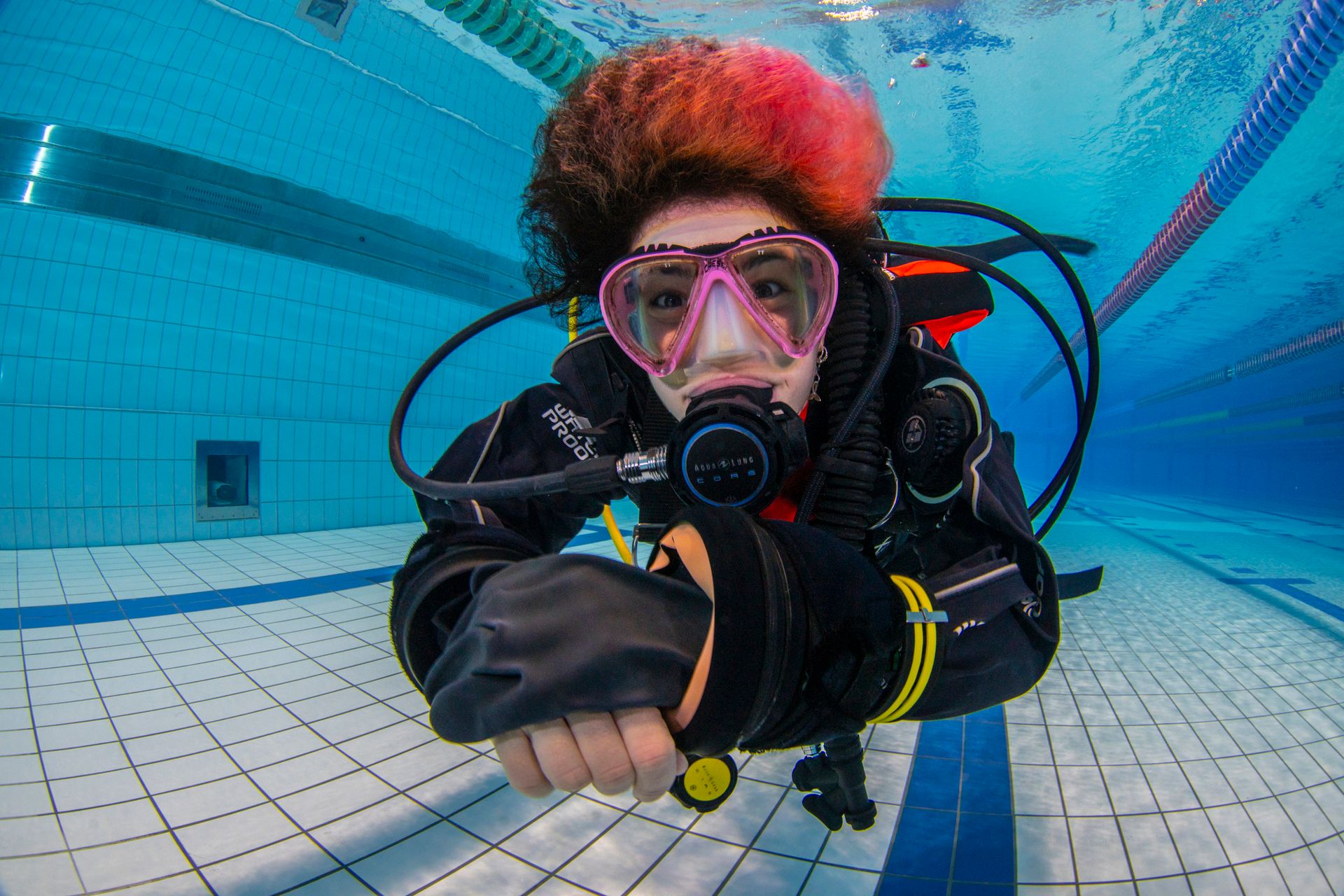
All instructors want to deliver high quality training and share their love for diving
Reply